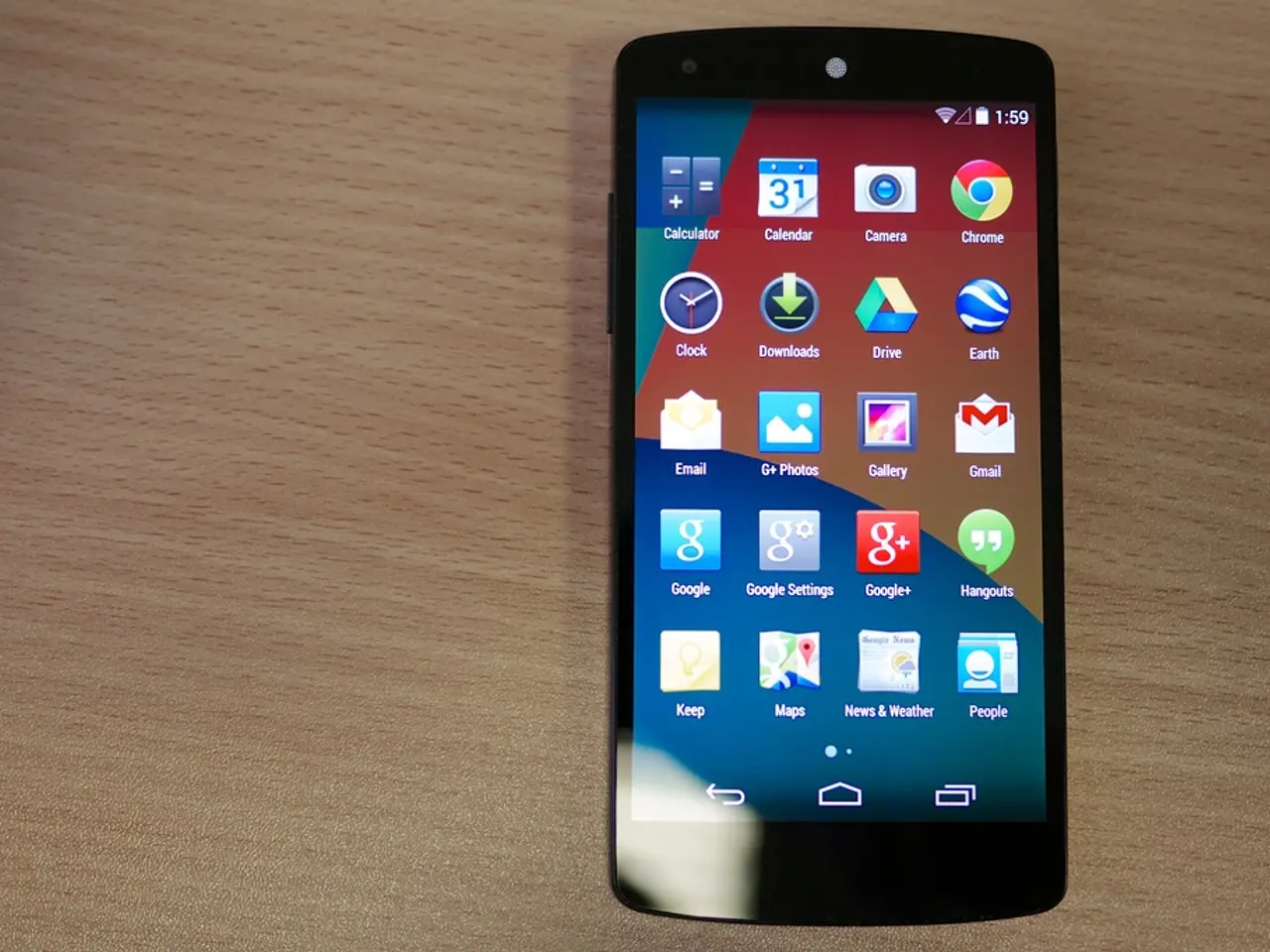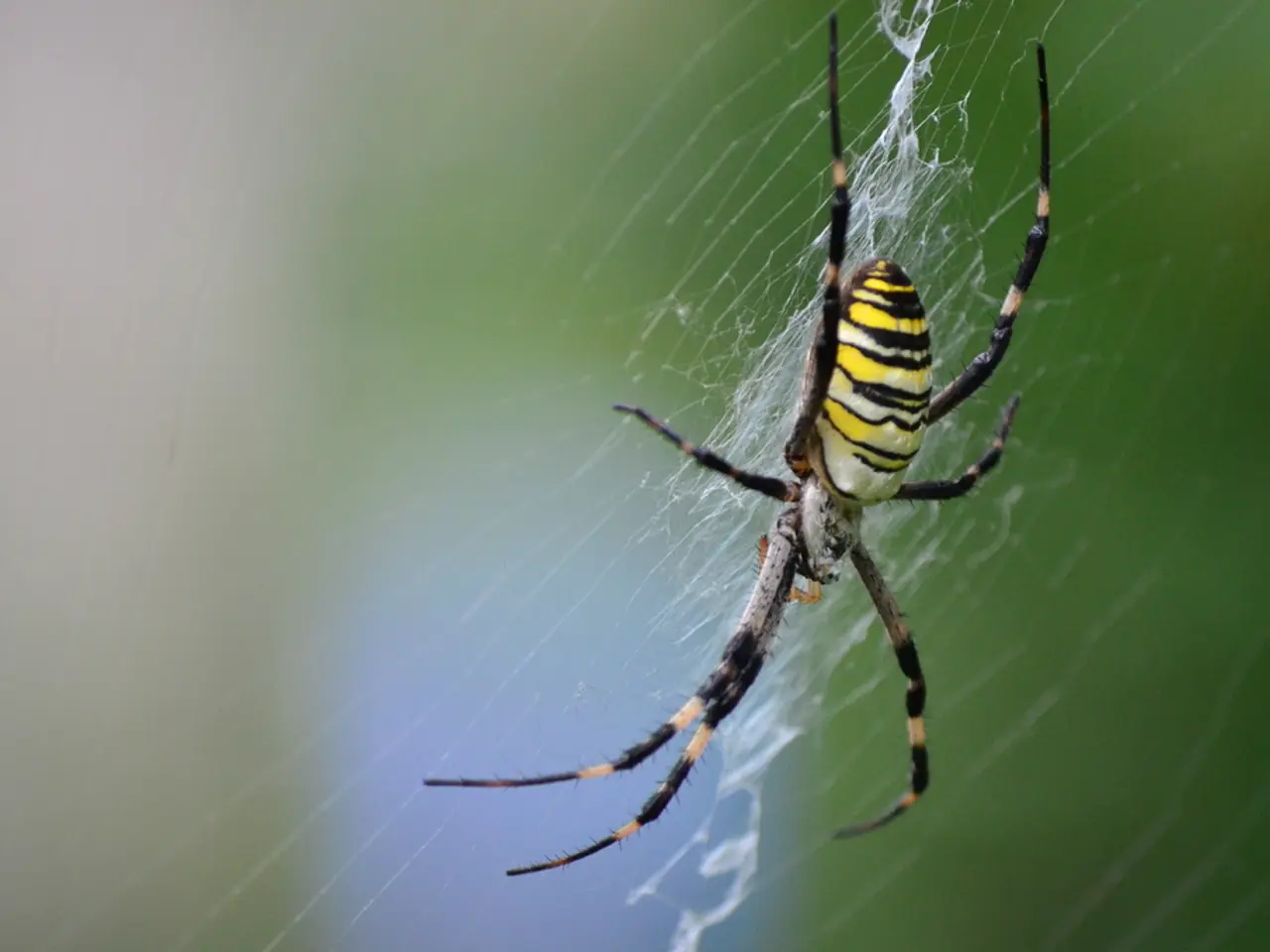Efficiently reducing mobile app development time by up to 20% through Continuous Integration/Continuous Deployment practices
In the ever-evolving world of mobile app development, the implementation of Continuous Integration/Continuous Deployment (CI/CD) practices has become a cornerstone for efficiency, reliability, and quality. By focusing on automation, security, and efficient delivery, these best practices aim to optimise mobile app development workflows for the future.
One of the key practices is the implementation of automated testing at multiple levels, including unit, integration, and UI tests. This approach helps catch bugs early, ensuring app stability with every code change, and detects defects as soon as possible within the CI/CD pipeline.
Version control systems, such as Git, are essential for tracking code changes, facilitating collaboration, and managing multiple app versions seamlessly. Frequent code integration, achieved through regularly merging changes into the main branch, prevents integration issues and speeds up development.
Automated builds and consistent packaging are also crucial for ensuring repeatability and reducing manual errors in the build process. This helps to guarantee that the deployment packages are generated consistently across different environments.
Deployment automation with robust strategies is another best practice. By automating deployment using scripts, quick and reliable app releases can be guaranteed across various environments. Strategies tailored for mobile apps, such as blue-green deployment, canary deployment, and rolling updates, can be employed to minimise downtime and ensure smooth releases.
Continuous monitoring and automated rollbacks are essential for detecting issues early and reverting to a stable previous version if problems arise during or after deployment. Secure management of sensitive information, such as API keys and keystore files, is also crucial for maintaining app and pipeline security.
Establishing fast feedback loops accelerates issue detection and resolution, improving overall development efficiency. For cross-platform frameworks like React Native, maintaining separate CI/CD workflows for iOS and Android builds helps isolate platform-specific issues and simplifies debugging, signing, and deployment.
When selecting CI/CD tools, it is important to consider factors such as automation capabilities, cloud vs. on-premises, and integration with testing suites. Popular tools for React Native include GitHub Actions combined with Fastlane for end-to-end automation.
Implementing these practices can save businesses up to 20% of mobile app development time by reducing manual work, detecting bugs earlier, and streamlining deployment. Together, they lead to faster releases, better app quality, reduced risks, and improved team collaboration throughout the mobile app lifecycle.
---
**Summary Table of Best Practices**
| Best Practice | Purpose/Benefit | |------------------------------------|--------------------------------------| | Automated Testing (Unit, UI, etc.) | Early bug detection, app stability | | Version Control (e.g., Git) | Collaboration, traceability | | Frequent Code Integration | Smooth merges, reduce conflicts | | Automated Builds | Consistent, repeatable packaging | | Automated Deployment & Strategies | Reliable, scalable releases | | Monitoring & Automated Rollbacks | Quick issue detection & recovery | | Secure Management of Secrets | Protect sensitive credentials | | Fast Feedback Loops | Accelerate bug fixes and improvements | | Separate Platform Pipelines | Easier debugging & deployment | | Right Tool Selection | Efficient automation & integration |
As mobile app development continues to evolve, the adoption of CI/CD best practices will become increasingly important for businesses aiming to stay competitive. By implementing these practices, mobile app development teams can optimise their workflows for speed, quality, and reliability, ensuring efficient development processes, enhanced code quality, and quicker time-to-market for mobile applications.
Here are two sentences that follow from the provided text and contain the words 'mobile app development' and 'technology':
- Mobile app development, facilitated by technology such as Continuous Integration/Continuous Deployment (CI/CD) tools, aims to optimize workflows for the future, ensuring faster releases, better app quality, reduced risks, and improved collaboration.
- With the continuous advancement of technology in mobile app development, practices like version control systems, automated testing, automated builds, and deployment automation become essential for maintaining a competitive edge, focusing on automation, security, and efficient delivery.




